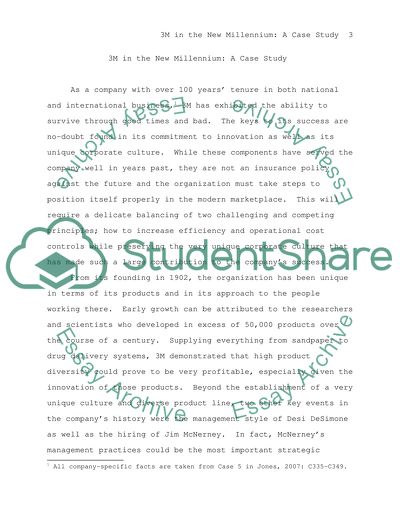Cite this document
(“Strategic Management 3M in the New Millennium: A Case Study Essay”, n.d.)
Retrieved from https://studentshare.org/miscellaneous/1525763-strategic-management-3m-in-the-new-millennium-a-case-study
Retrieved from https://studentshare.org/miscellaneous/1525763-strategic-management-3m-in-the-new-millennium-a-case-study
(Strategic Management 3M in the New Millennium: A Case Study Essay)
https://studentshare.org/miscellaneous/1525763-strategic-management-3m-in-the-new-millennium-a-case-study.
https://studentshare.org/miscellaneous/1525763-strategic-management-3m-in-the-new-millennium-a-case-study.
“Strategic Management 3M in the New Millennium: A Case Study Essay”, n.d. https://studentshare.org/miscellaneous/1525763-strategic-management-3m-in-the-new-millennium-a-case-study.


